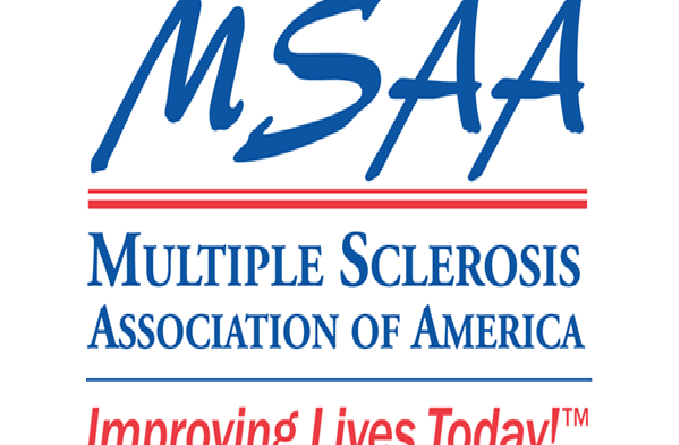Severity of multiple sclerosis in North America
North America has one of the highest rates of ms (MS) in the world, with an approximated 1 in every 385 Canadians living with the disease. While it is most often clinically diagnosed in teenagers older 20 to 49, younger kids and seniors are also clinically identified as having the disease.
MS is currently classified as an auto-immune illness of the neurological system (brain, backbone cord). The illness attacks myelin, the cover of the anxiety, causing swelling and often damaging the myelin. Myelin is necessary for the transmitting of sensors signals through sensors fibers. If harm to myelin is minimal, sensors signals travel with minimal interruptions; however, if harm is substantial and if damage changes the myelin, sensors signals may be completely disturbed, and the sensors fibers themselves can be broken.
Multiple sclerosis (MS) is unforeseen and can cause signs such as excessive exhaustion, deficiency of synchronization, weak point, prickling, affected feeling, perspective issues, kidney issues, and intellectual incapacity and feelings changes. Its results can be physical, psychological and financial. Currently there is no treat, but each day scientists are learning more about what causes MS and are homing in on ways to avoid it.
Despite decades of research, the cause continues to be mysterious. The best current proof shows that way of life, ecological, inherited and scientific aspects all play a role. All these areas are being definitely analyzed. Studies financed by the MS Community are asking if certain risks, such as sex, age, genealogy or way of life habits impact a person’s the likelihood of MS.
MS can take place at any age, but is usually clinically diagnosed between the age groups of 20 to 49, optimum decades for knowledge, career- and family-building. MS has been clinically diagnosed in kids as younger as two decades old – and in far seniors. It has some peculiarities: MS is three periods more likely to happen in females than in men and is more typical in individuals of north Western qualifications.
MS often produces gradually, and the signs may not appear right away. Upon initial signs, a person’s doctor will relate him or her to a specialist, who will perform a full health background and a nerve evaluation to evaluate things like eye activity, strength and synchronization. To reach a verified analysis of MS, the specialist may implement additional assessments, such as a Attractive Resonance Picture (MRI) check out which looks for injury in the mind.
The harshness of MS, development and specific signs cannot be expected at the time of analysis.
MS is separated into several primary groups, based on the design of the individual’s illness. The groups are:
Relapsing Remitting MS (RRMS) – Recognized by unforeseen but clearly described times during which signs are obvious. These ‘’relapses” are also known as periods, strikes, exacerbations, or flare-ups. Episodes can last for different times (from a few days to several months) and are followed by times of restoration, or ‘remission’ during which many features come back. About 85% of everyone is identified as having this type of MS.
Progressive MS (PMS) – An amount of those who RRMS will gradually conversion to a state in which relapses and remissions no longer happen. Symptoms may continue to persist and impairment gradually and constantly improves. This is generally known as additional modern MS. Individuals who acquire impairment and encounter difficult of signs right from the start are identified as having main modern MS.
Progressive Relapsing MS – Individuals with this type of MS encounter continuously difficult illness from the beginning, but also encounter relapses with or without restoration.
Scientists are homing in on what causes MS and discovering methods to fix the harm it causes and methods to avoid MS from happening.
Progression/therapies – Looks into current or prospective treatments for MS and looks for to improve picture technology to better imagine what happens in the mind.
Cause/risk aspects – Looks into prospective activates of MS and why some aspects may increase the likelihood of MS.
Nerve damage/repair – Concentrates on mobile systems that result in either harm or fix of myelin and actual sensors tissues.
Symptom management/quality of life – Probes how MS impacts day-to-day living and produces treatments that more efficiently handle symptoms.

